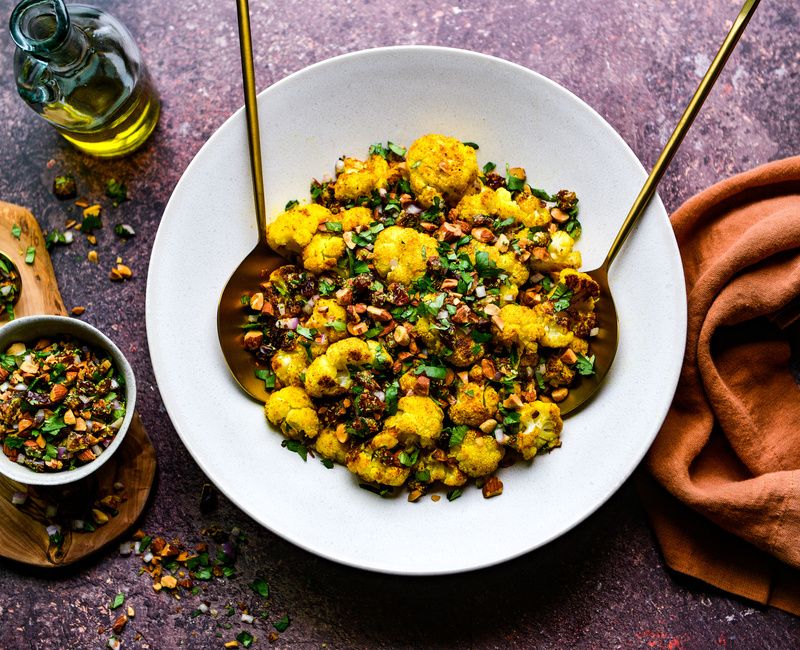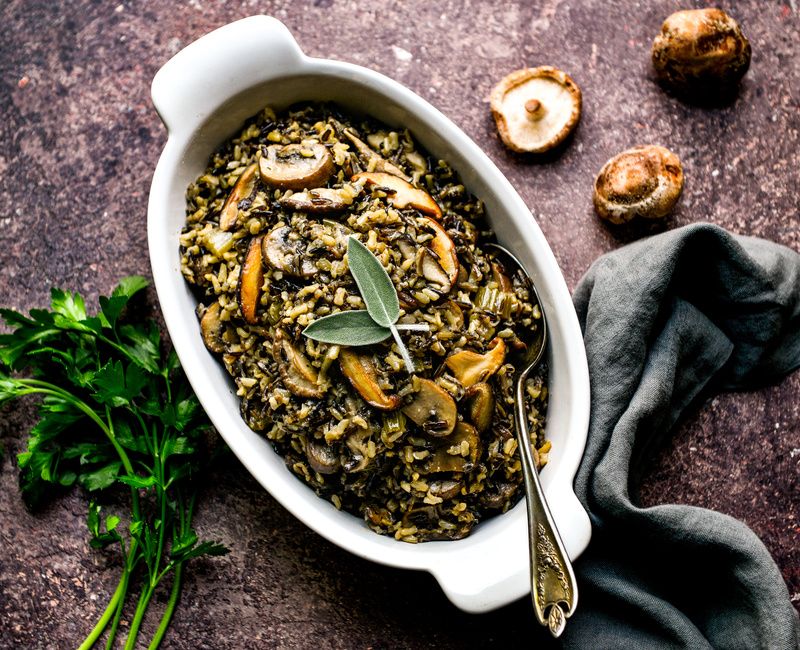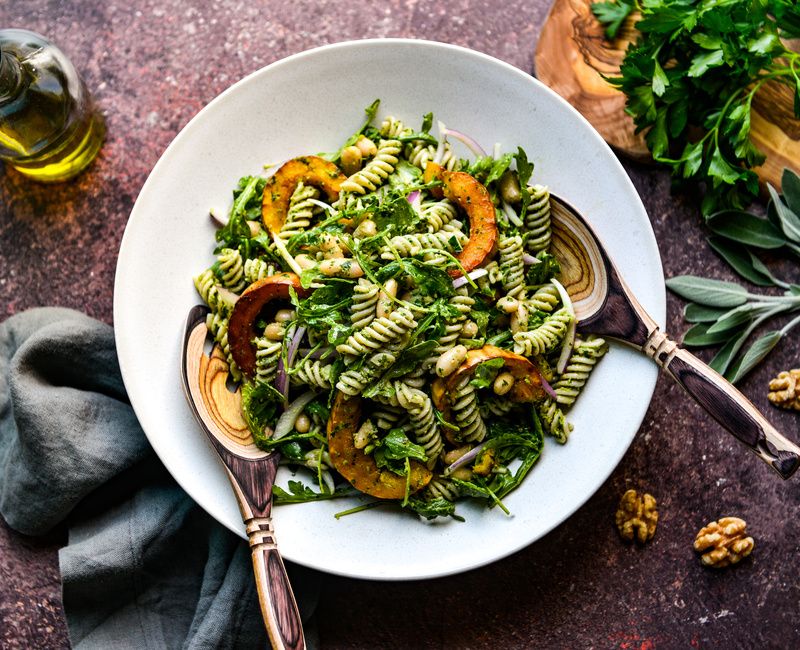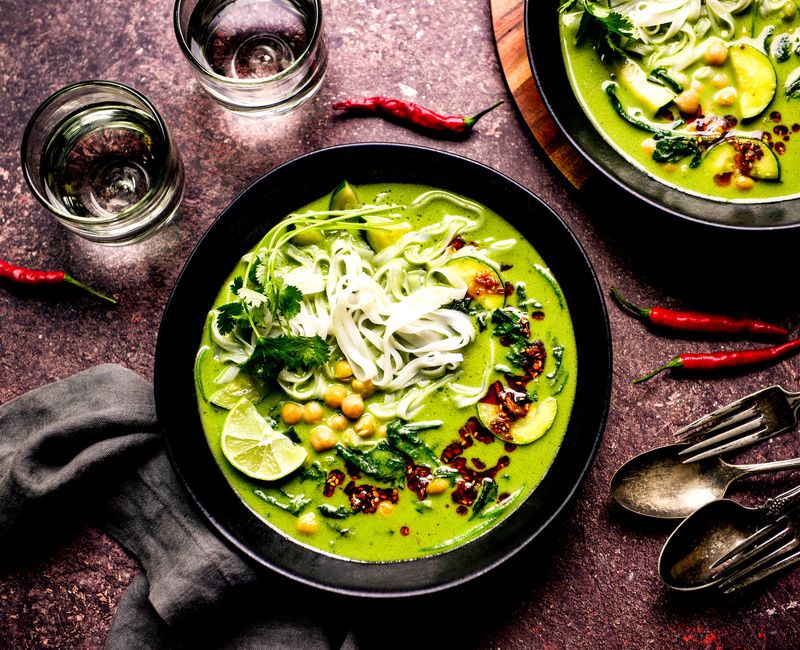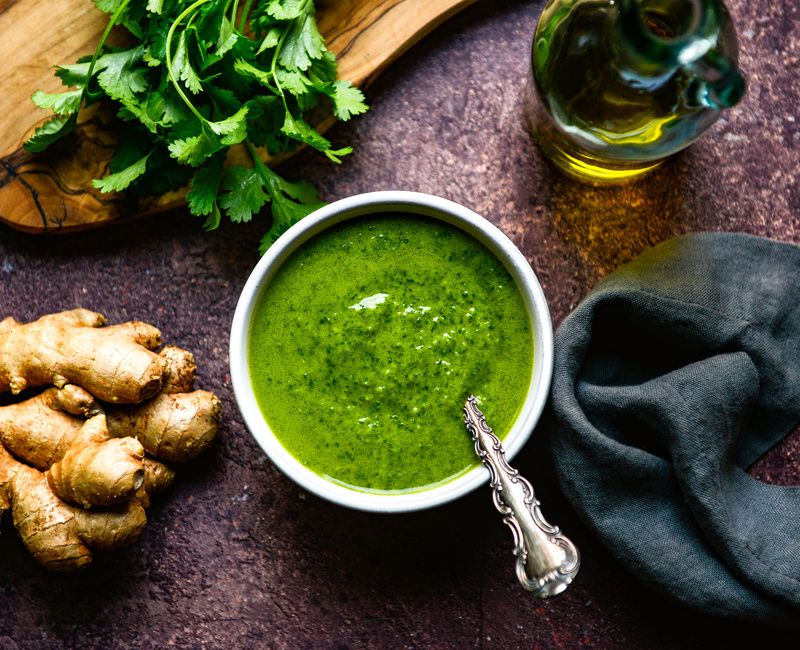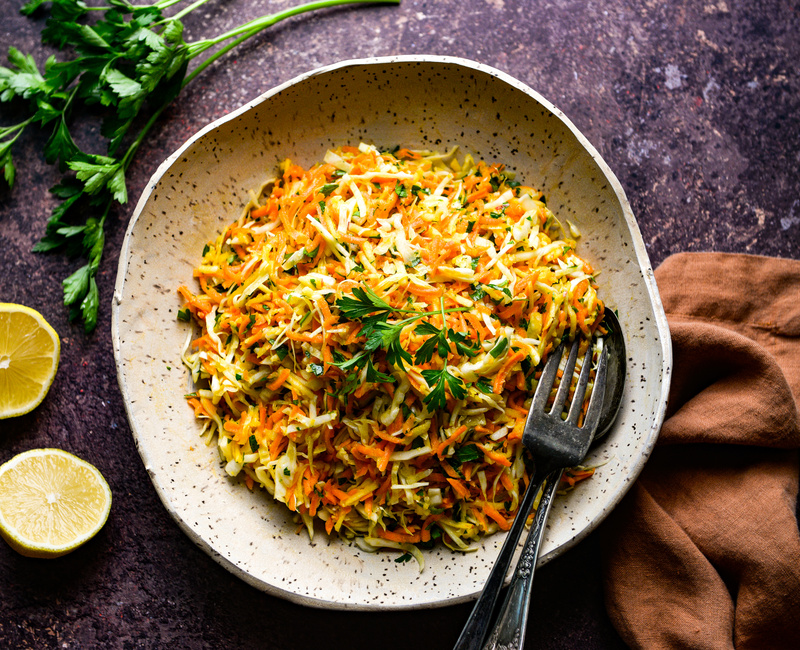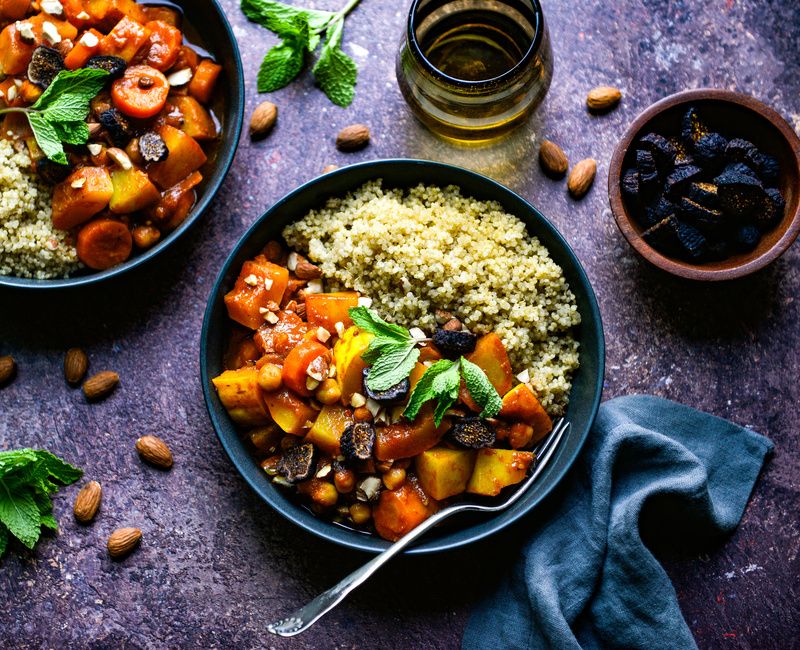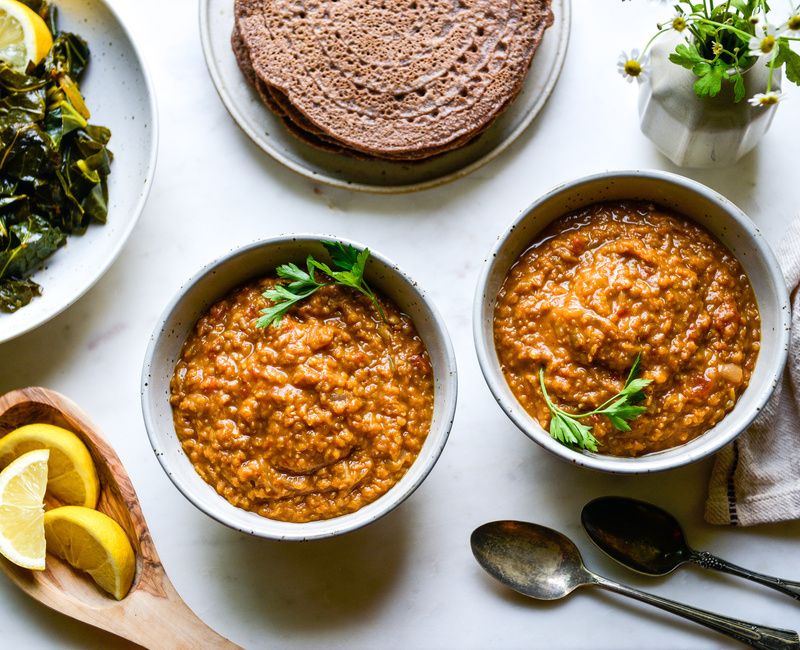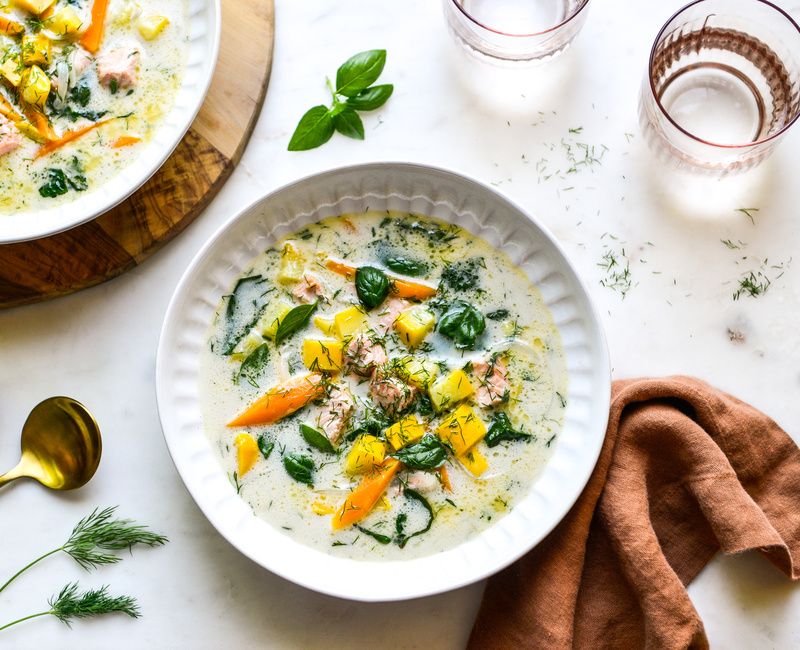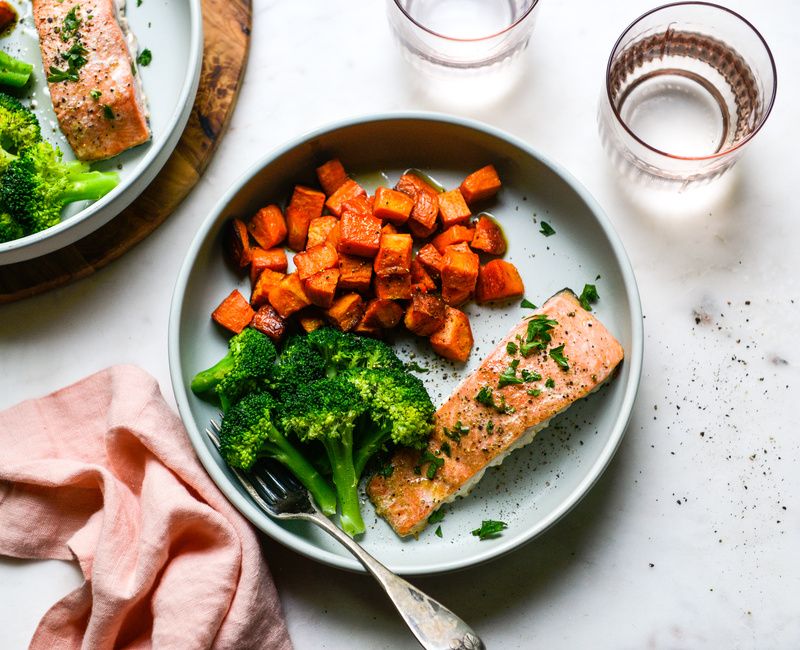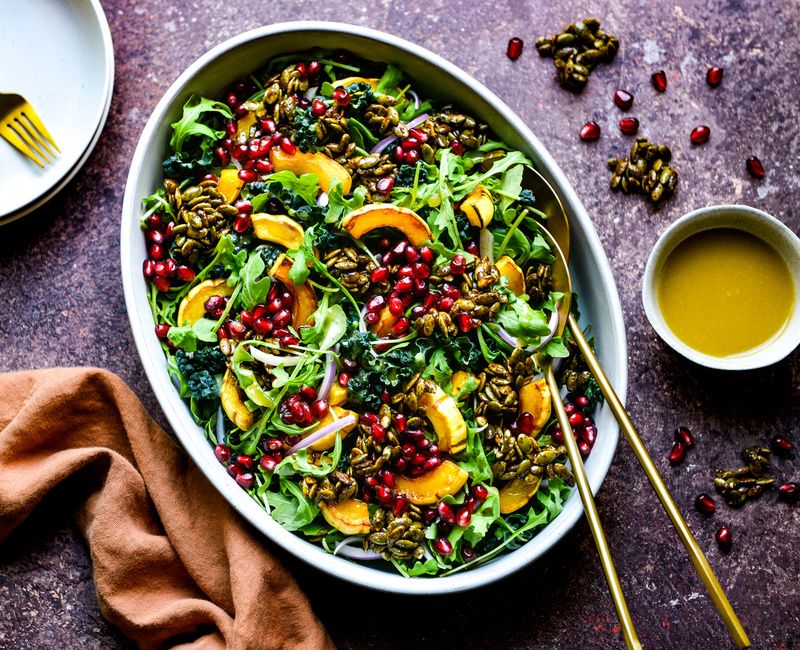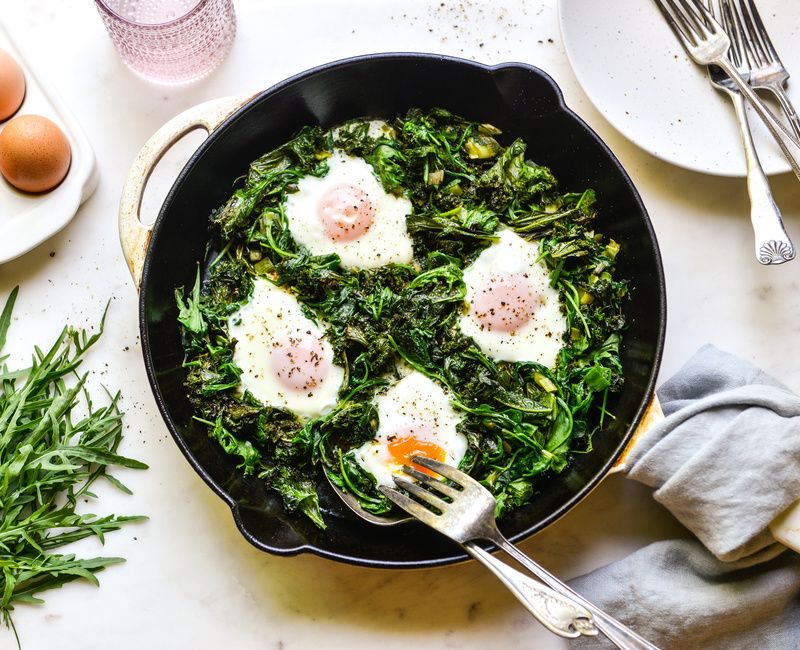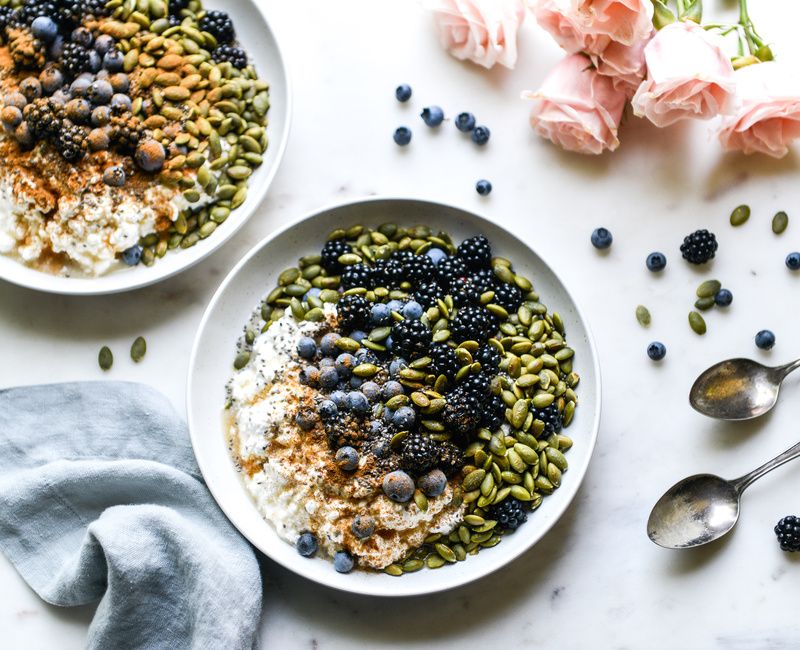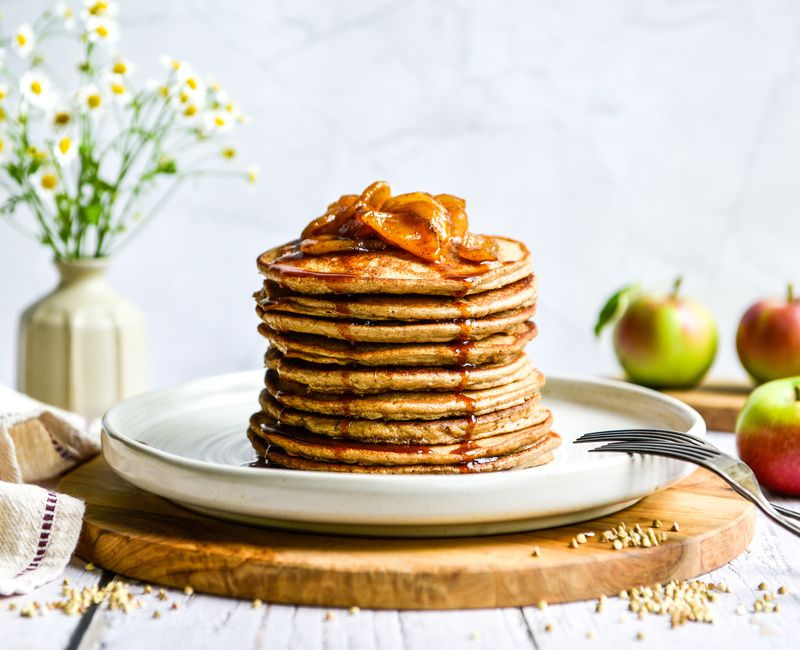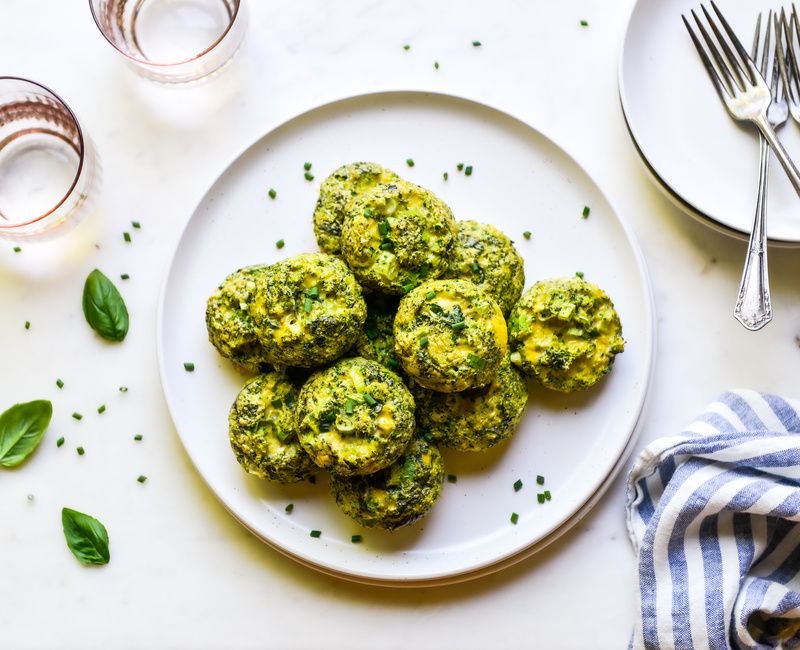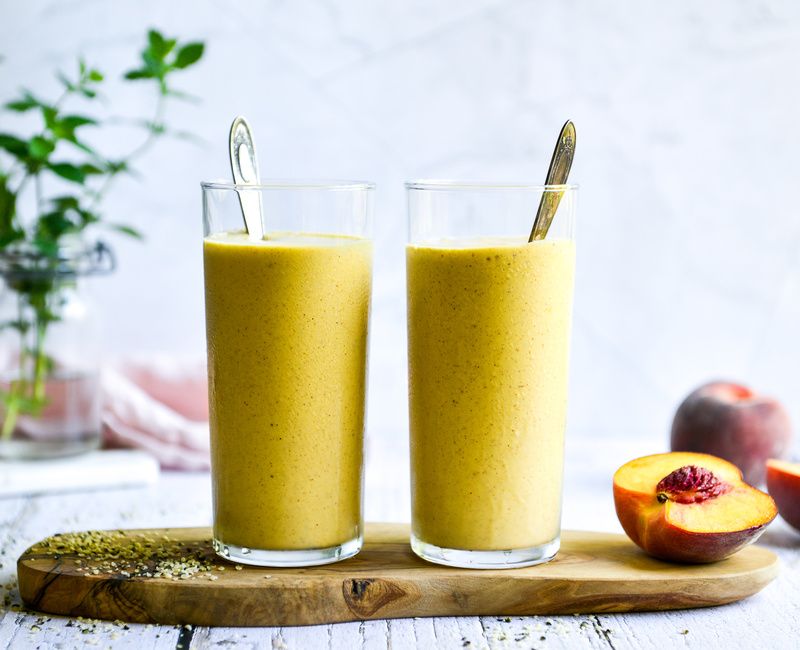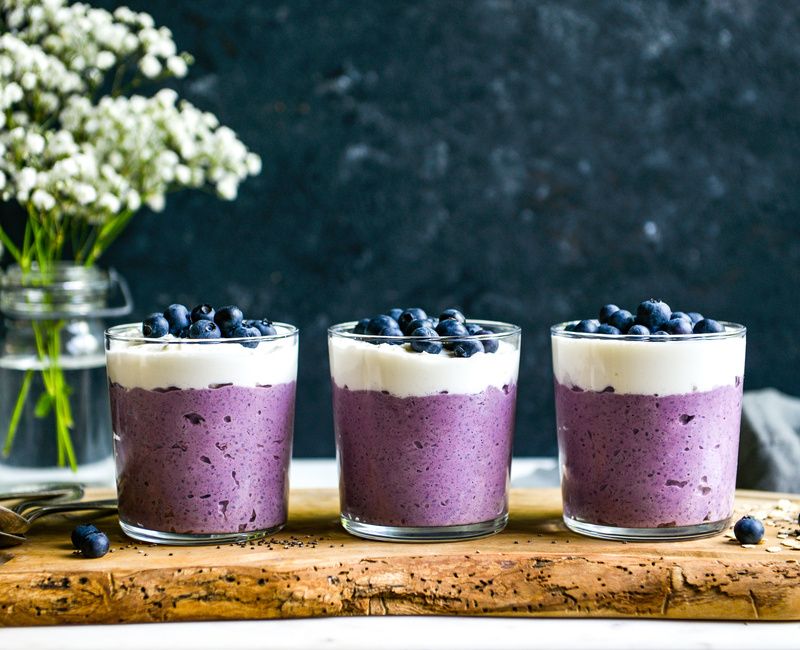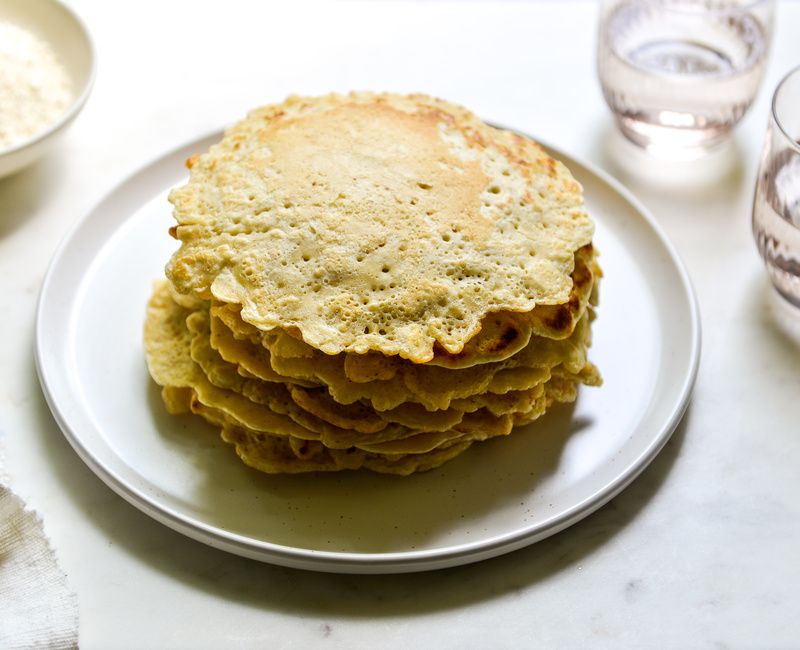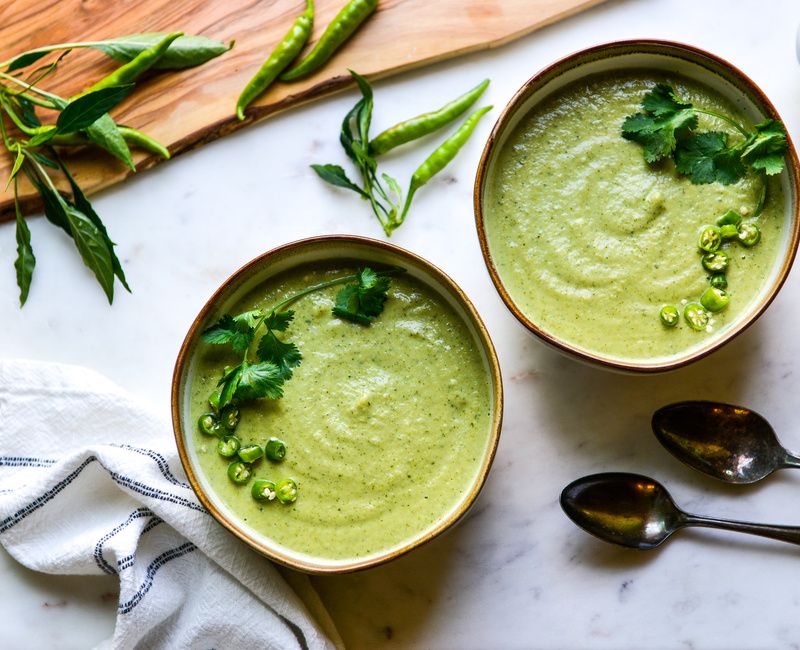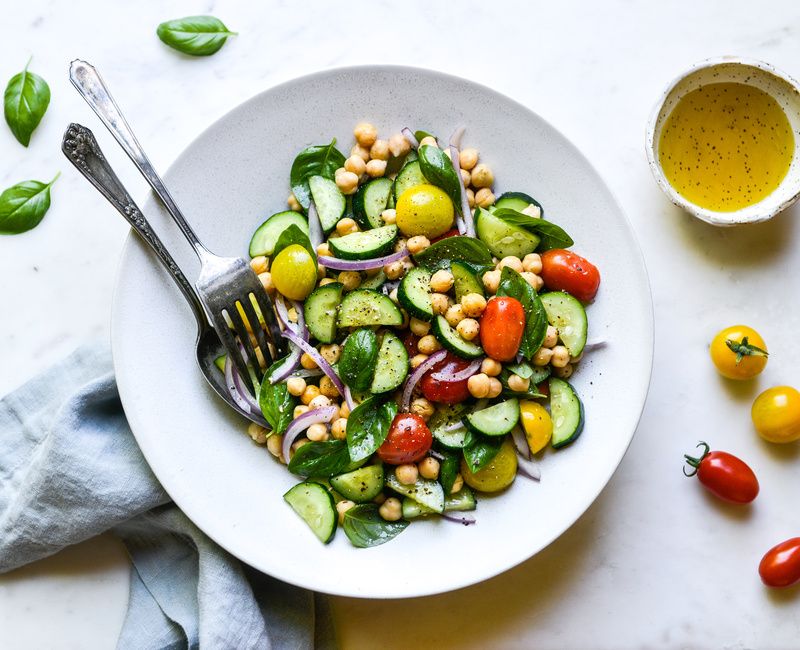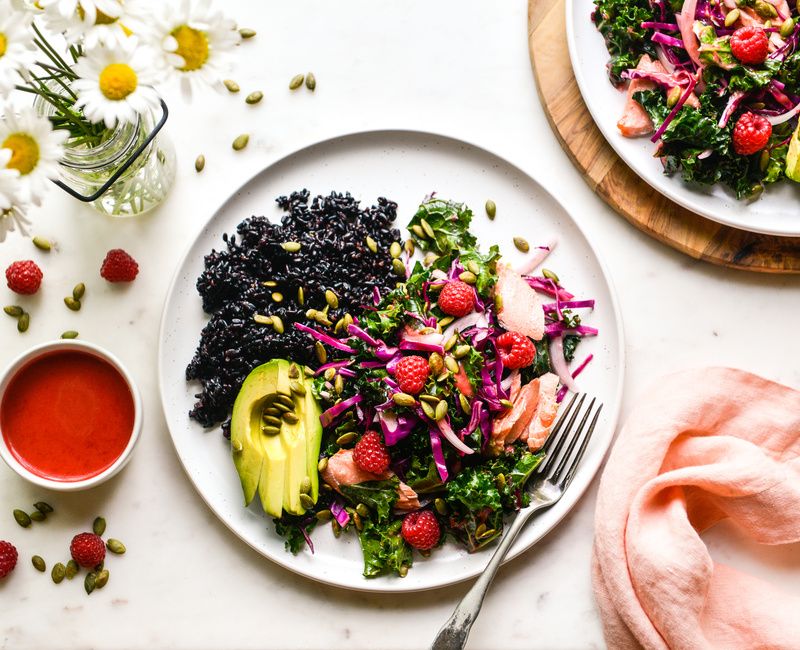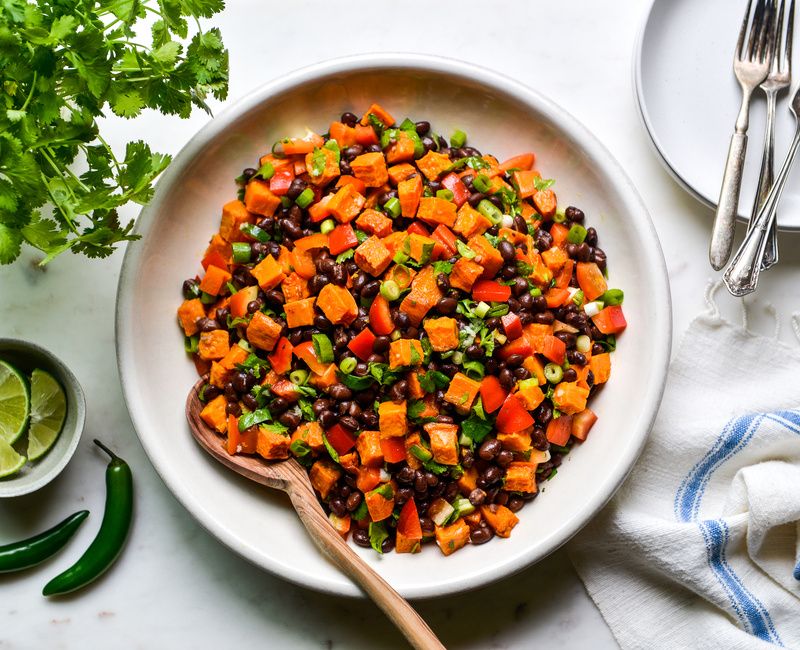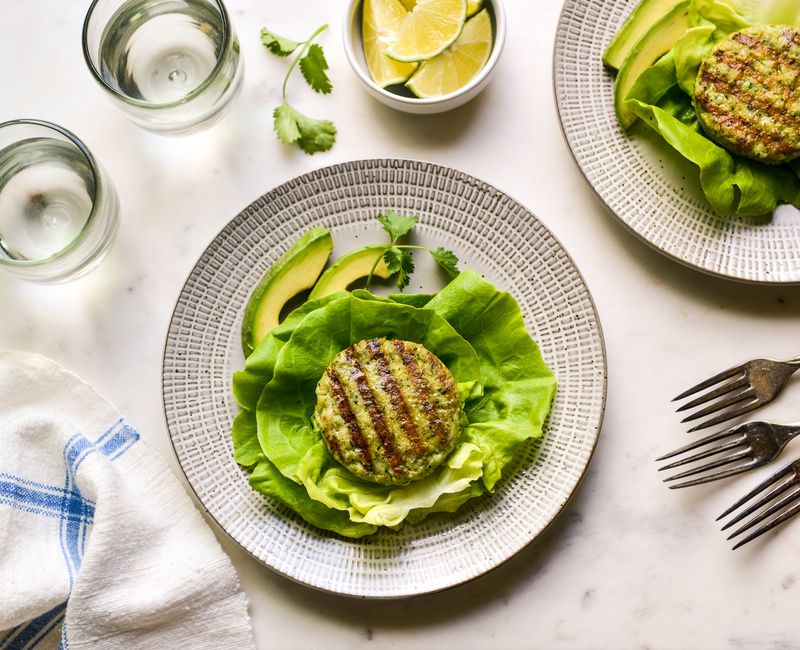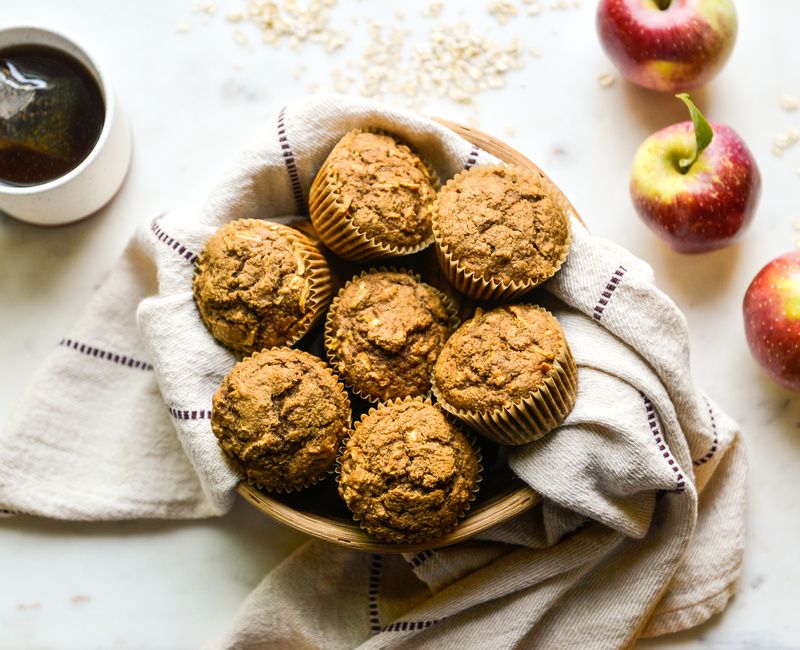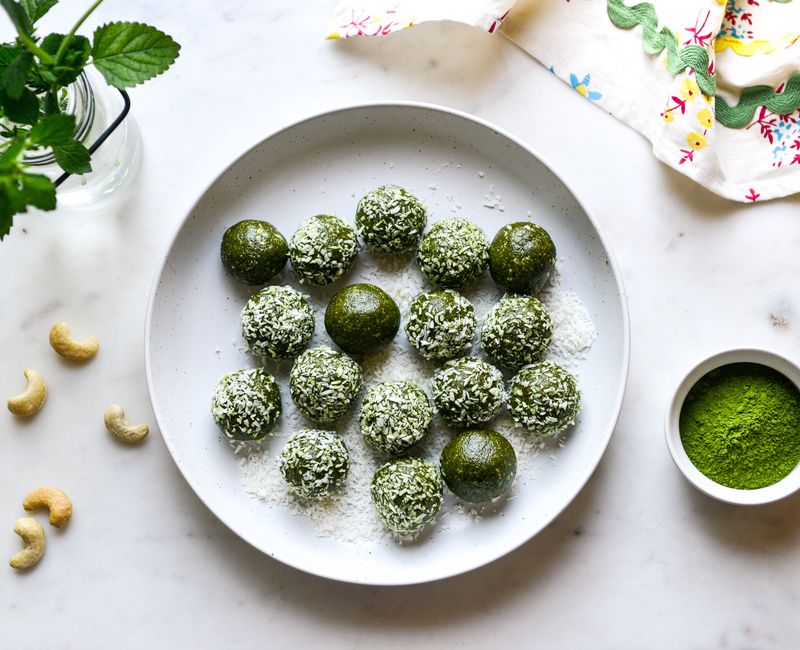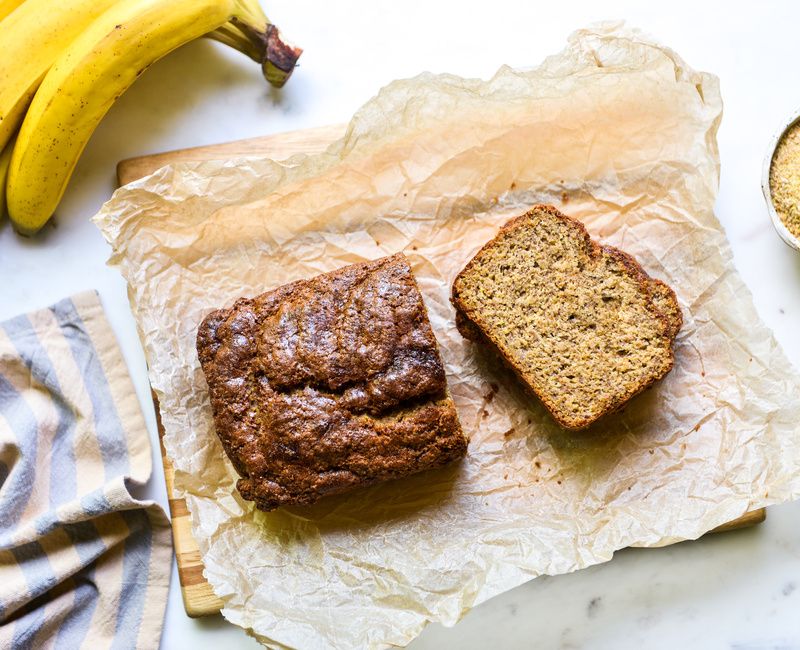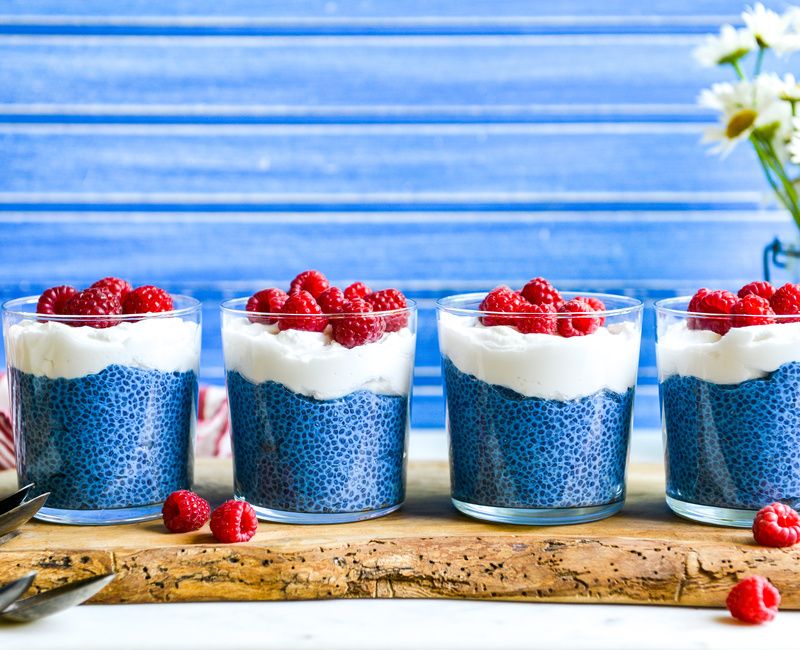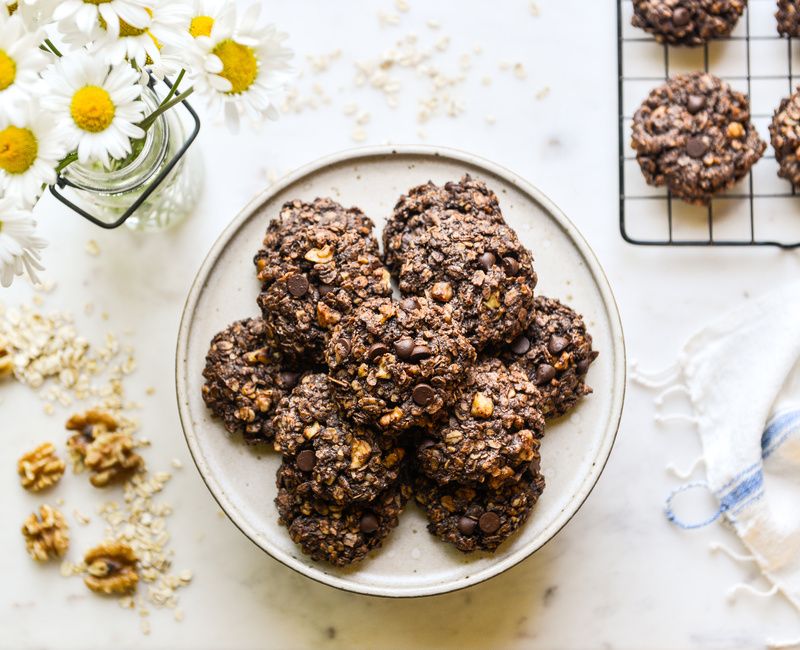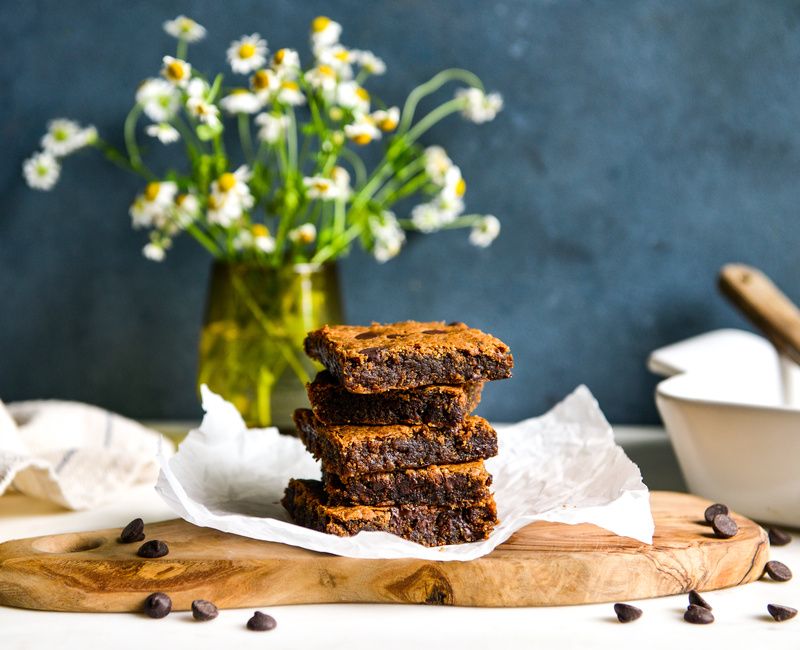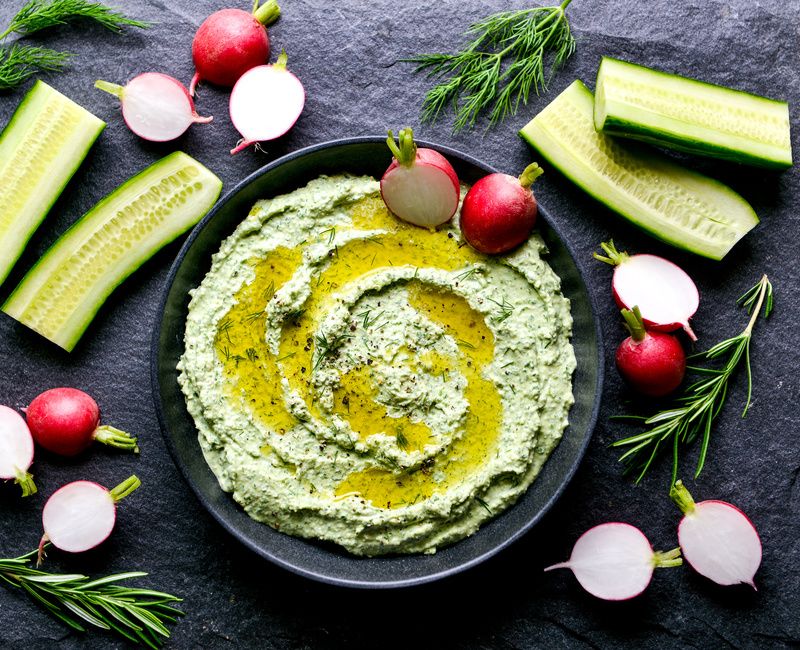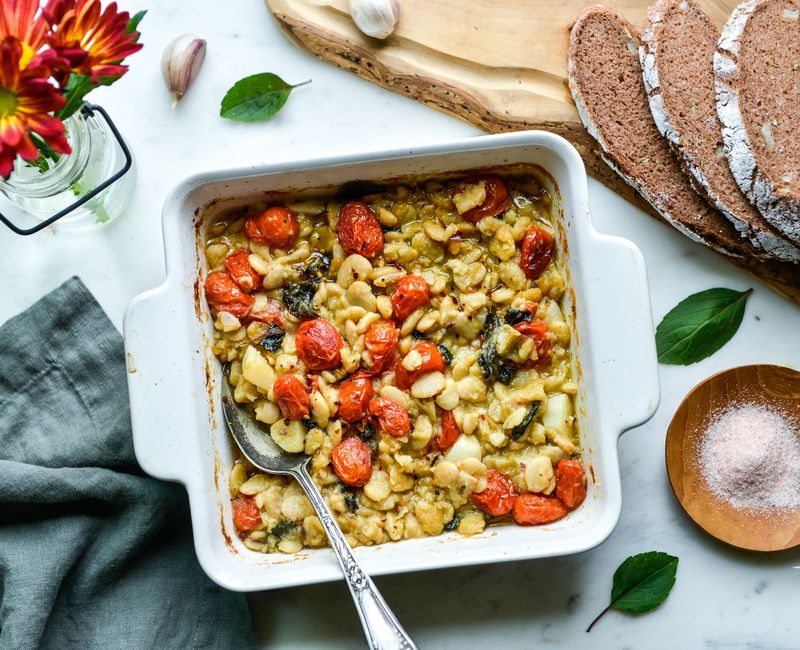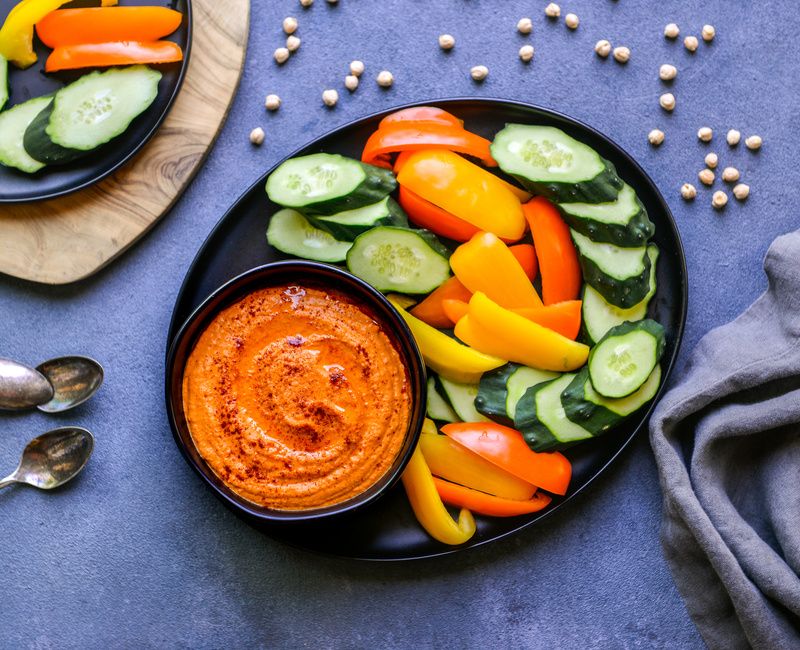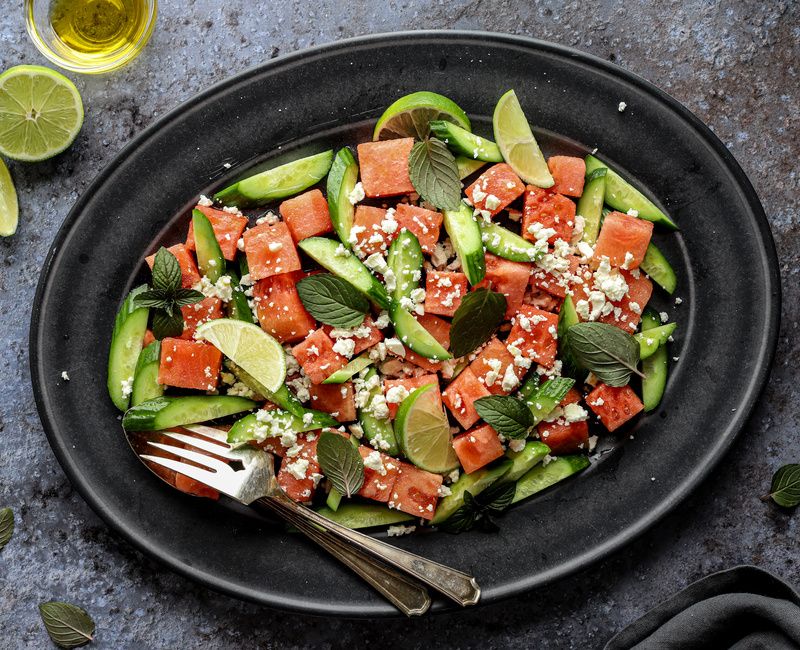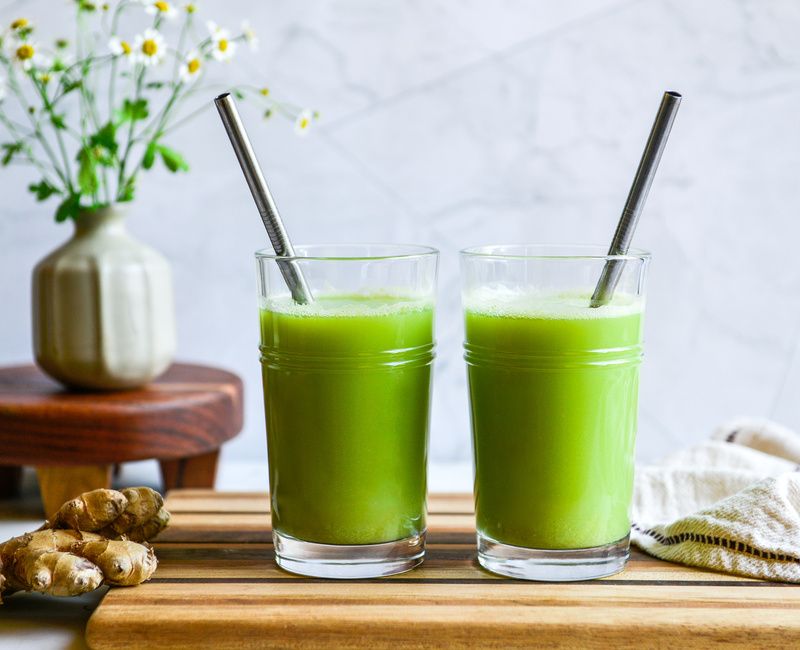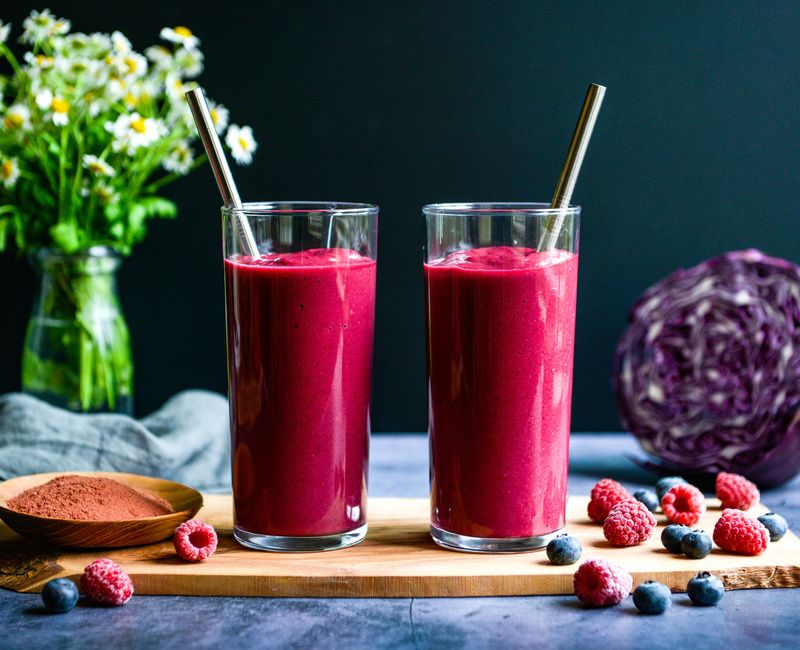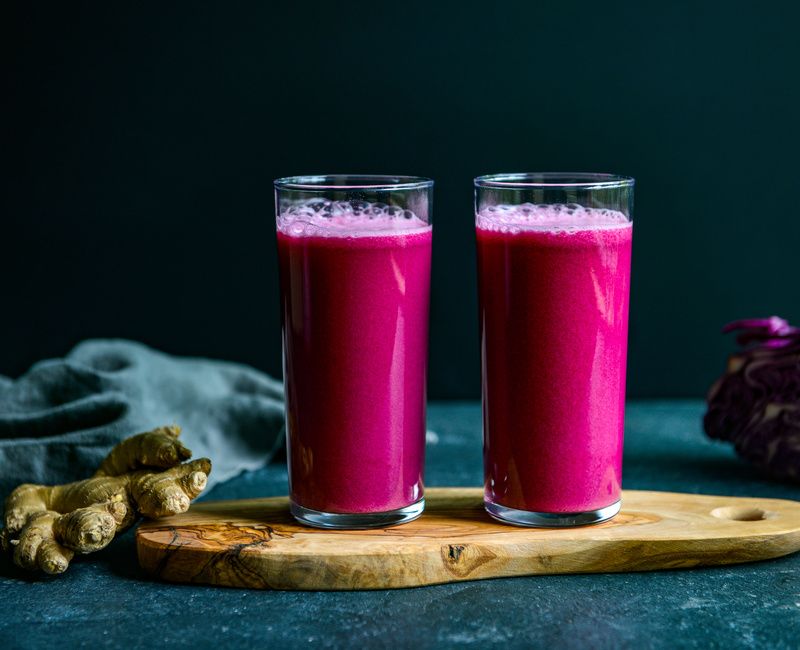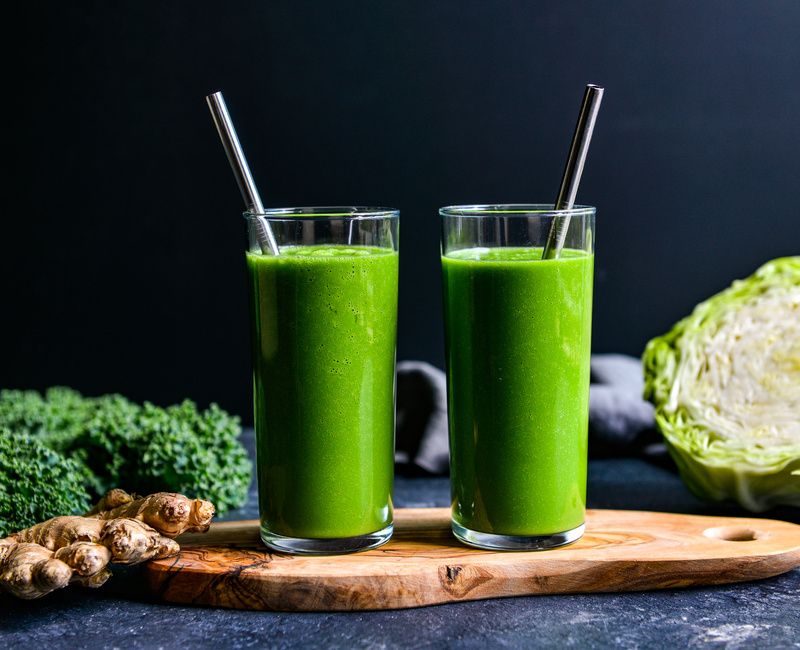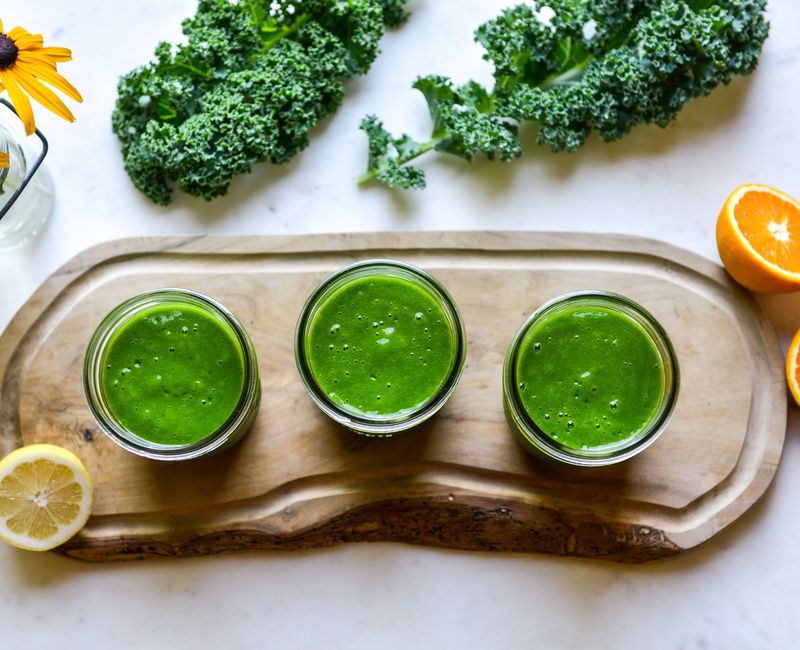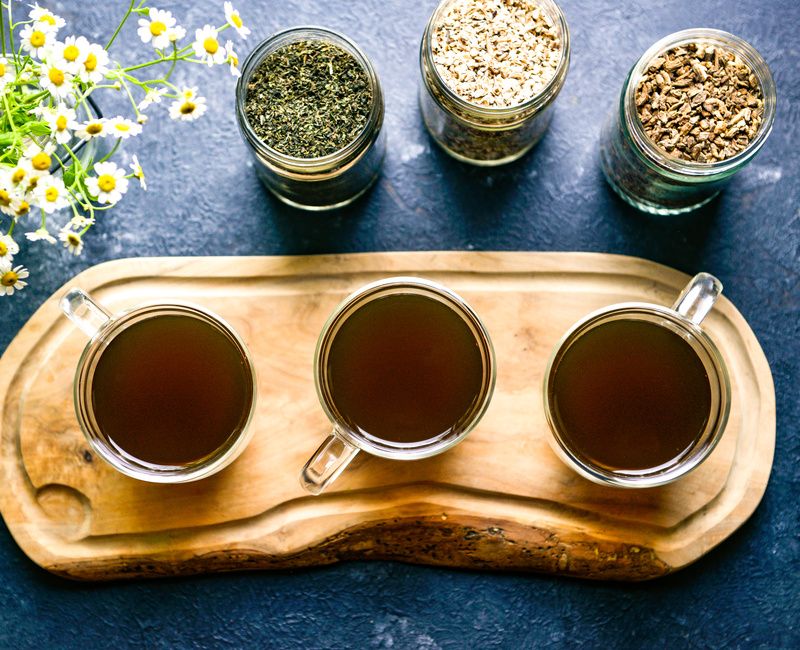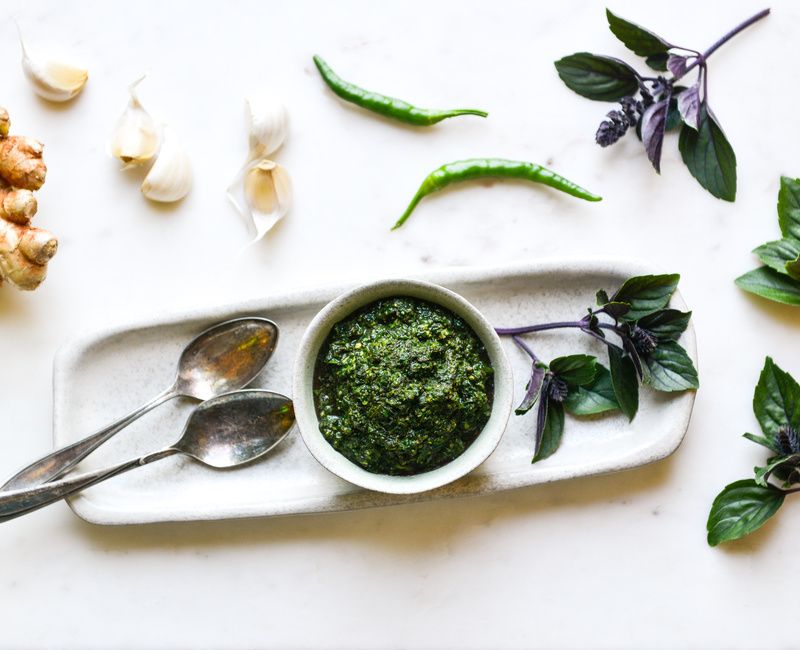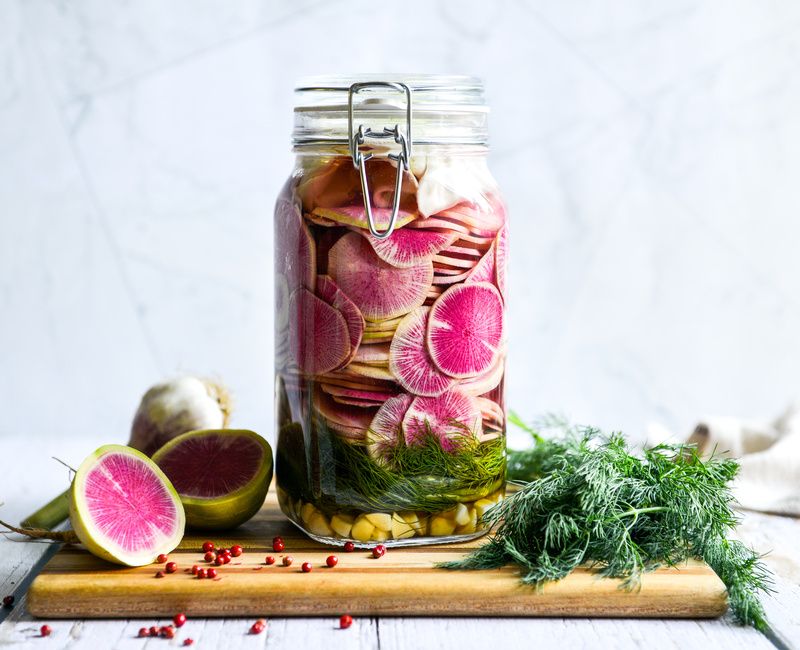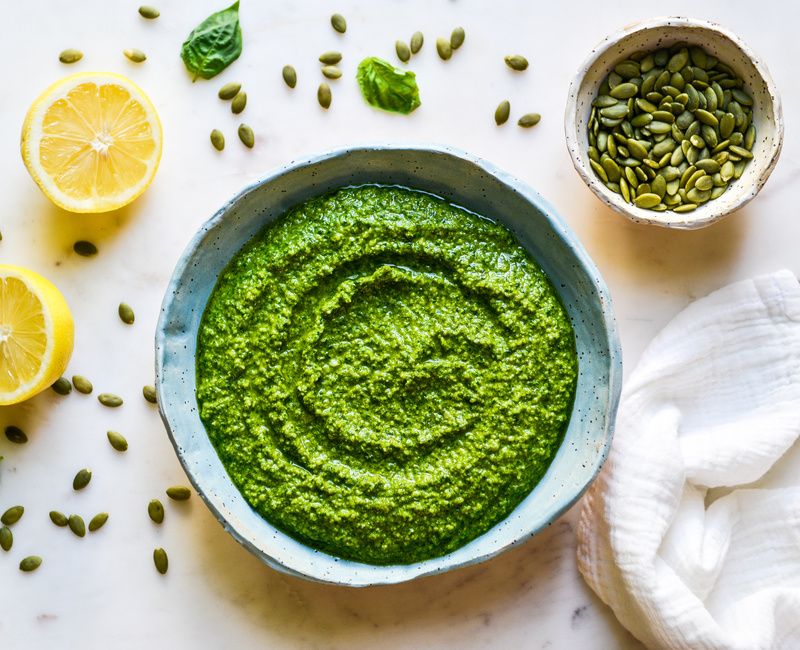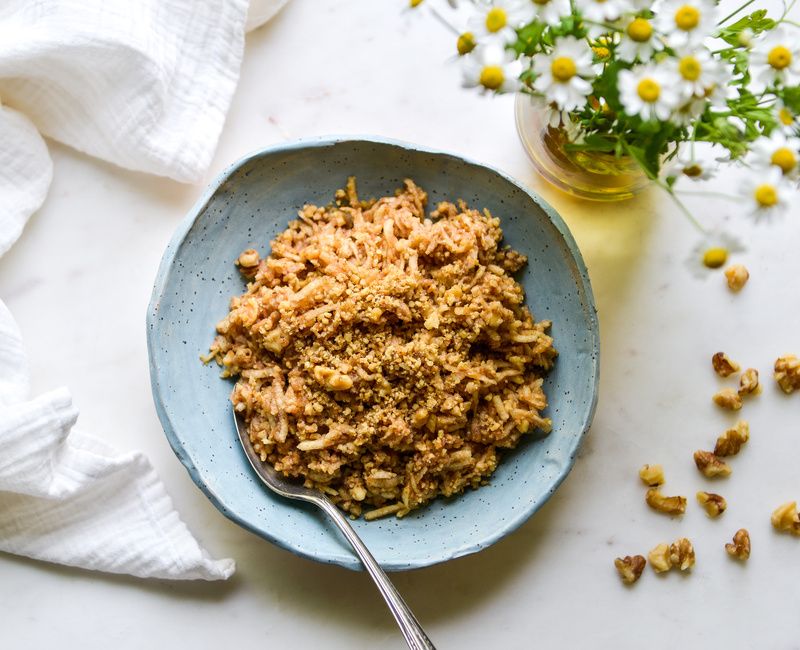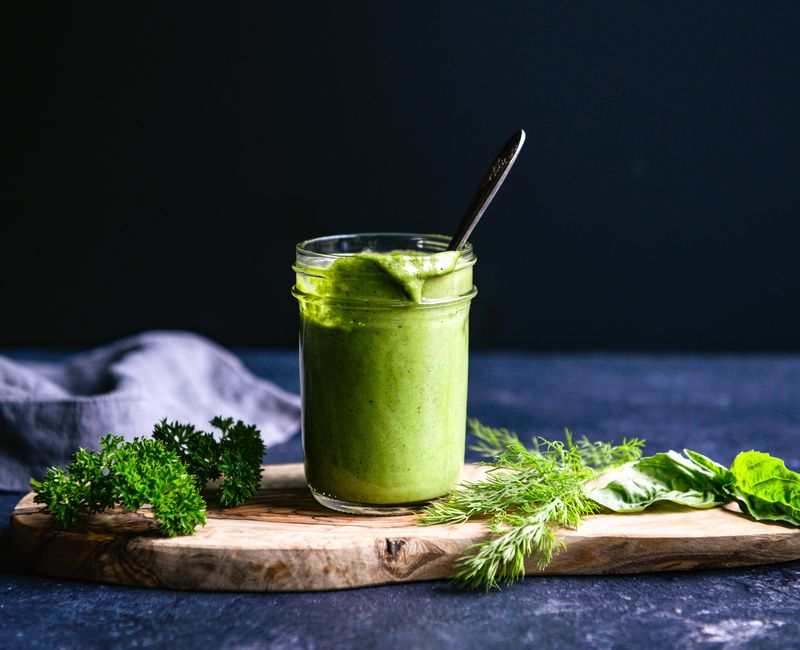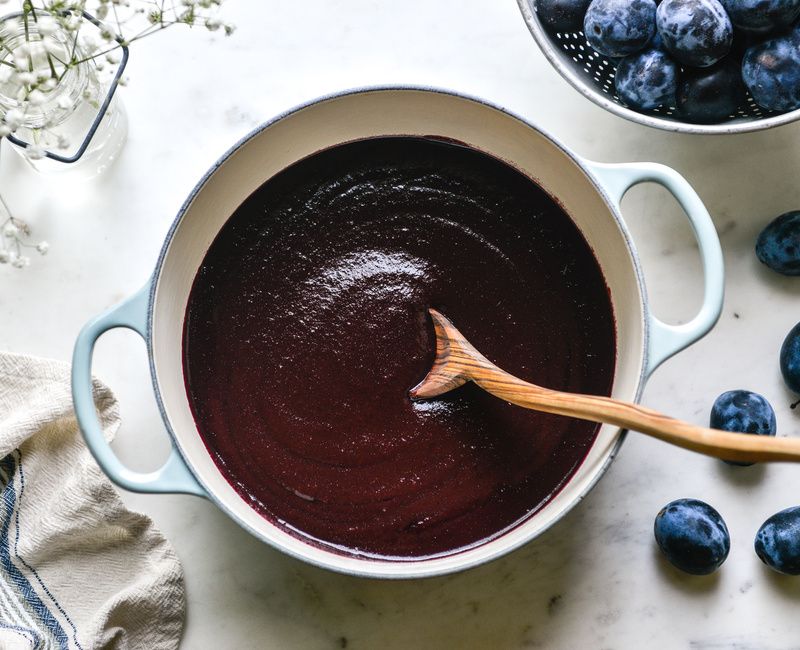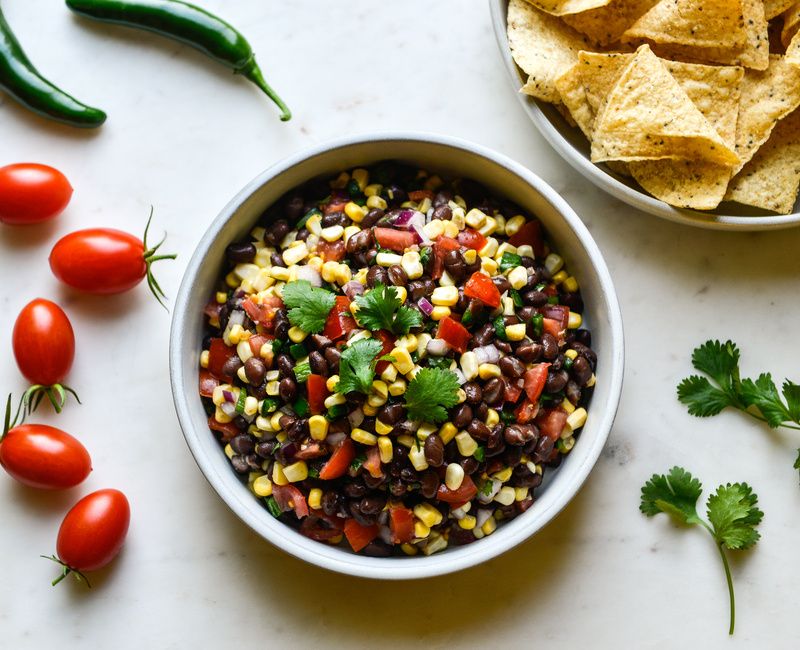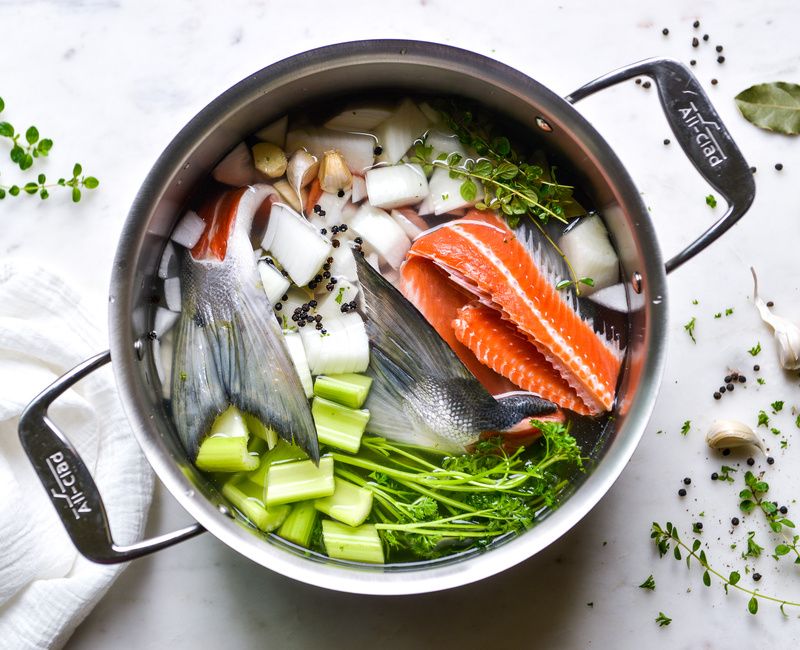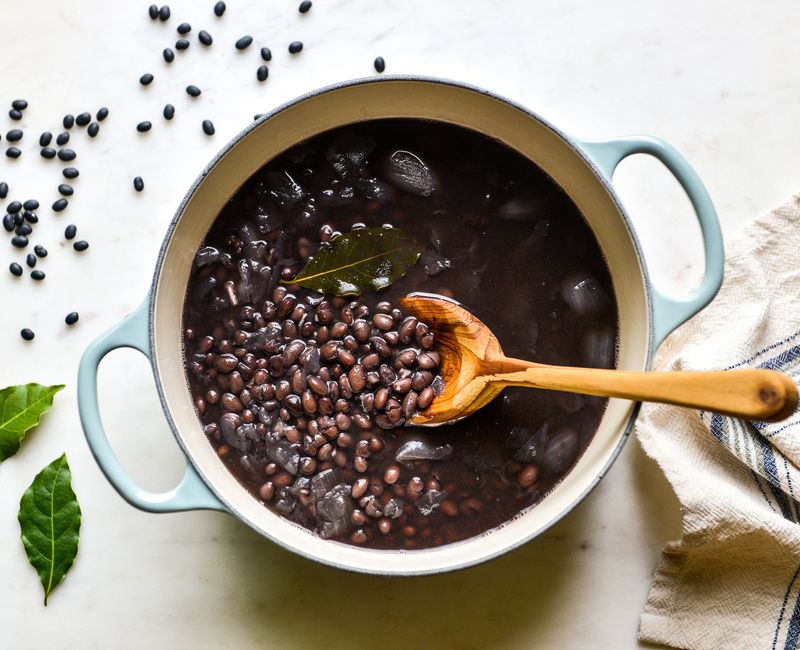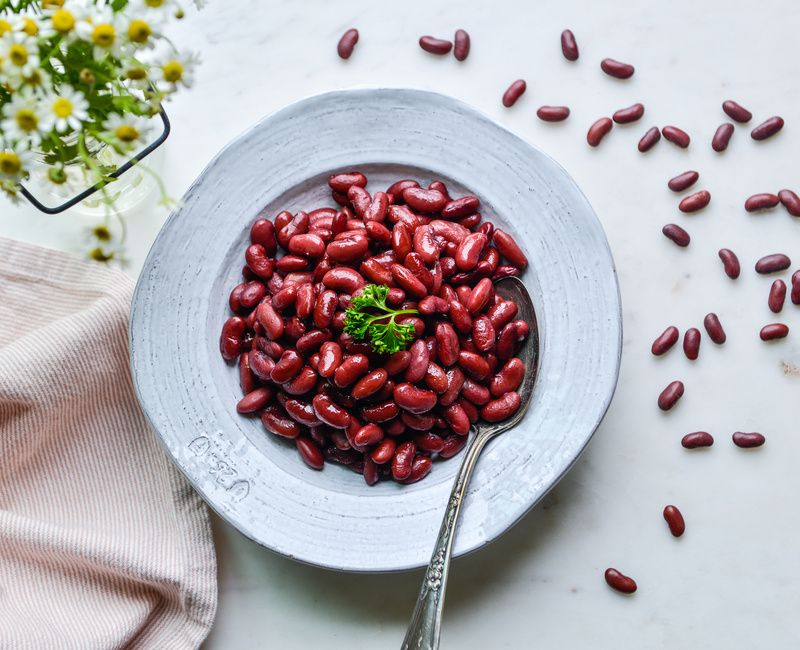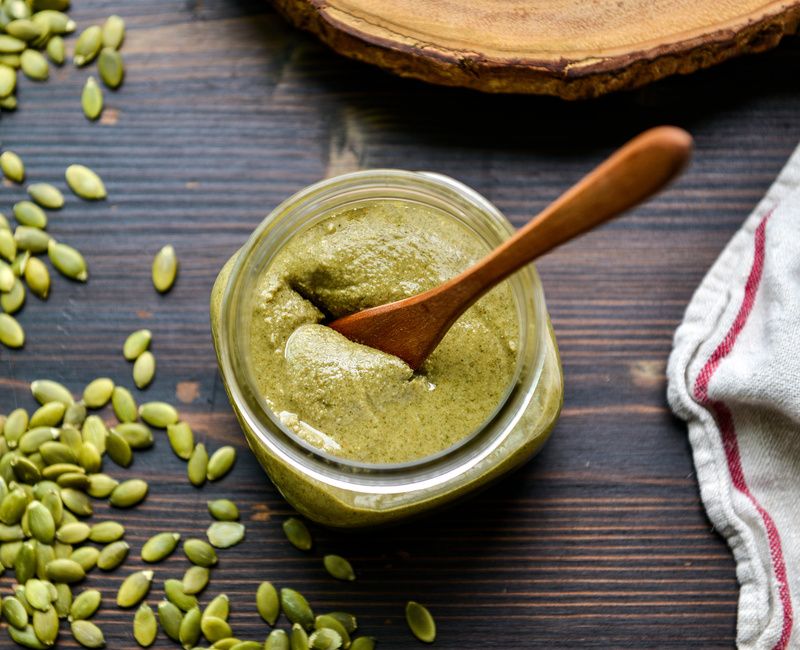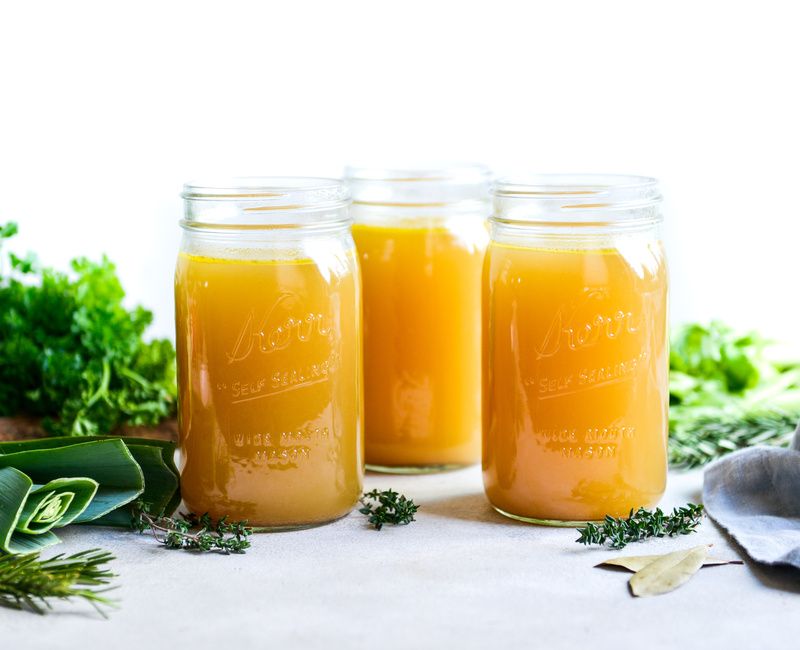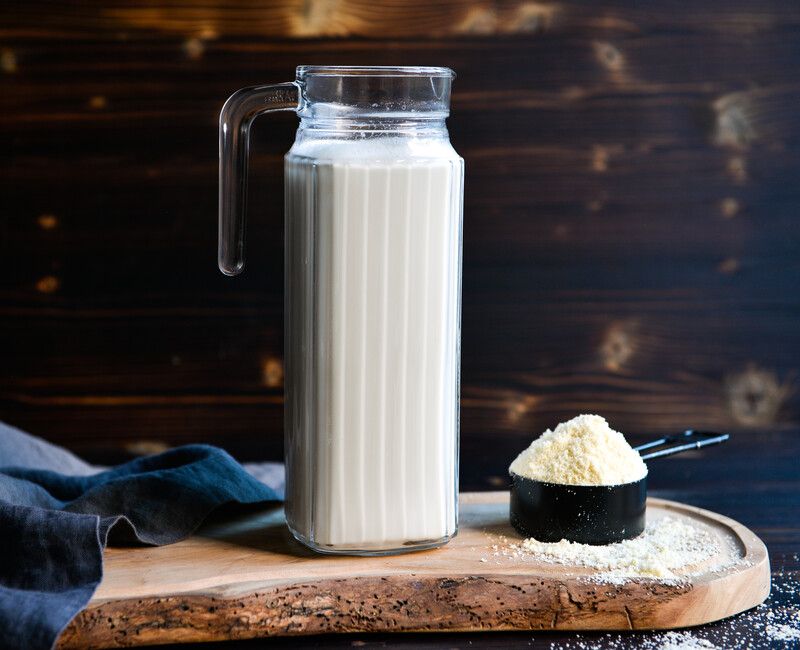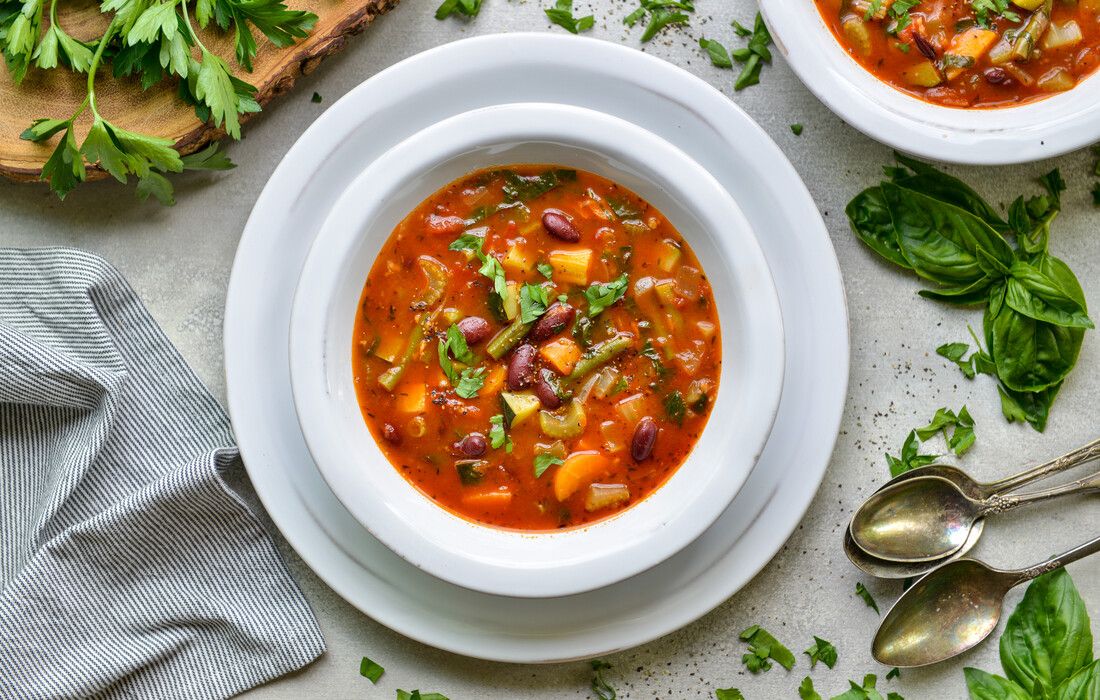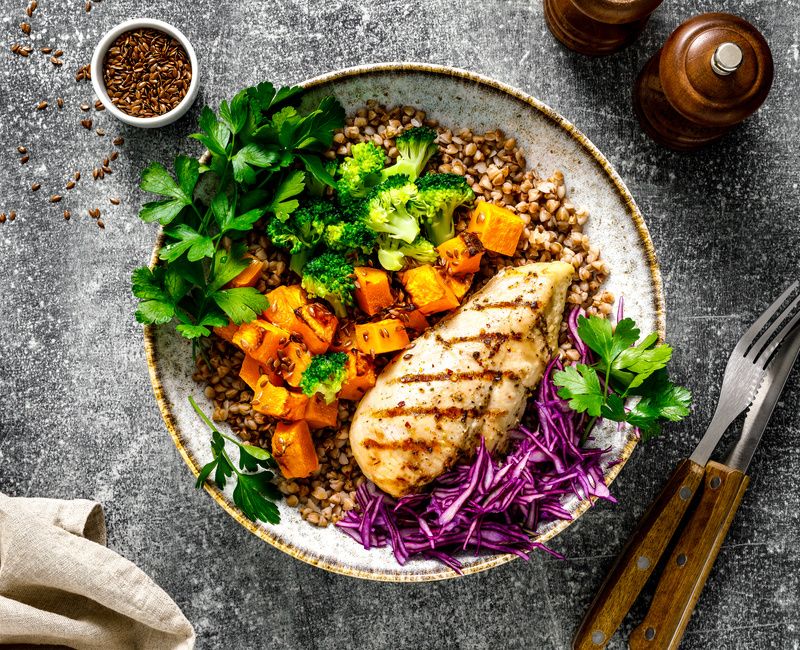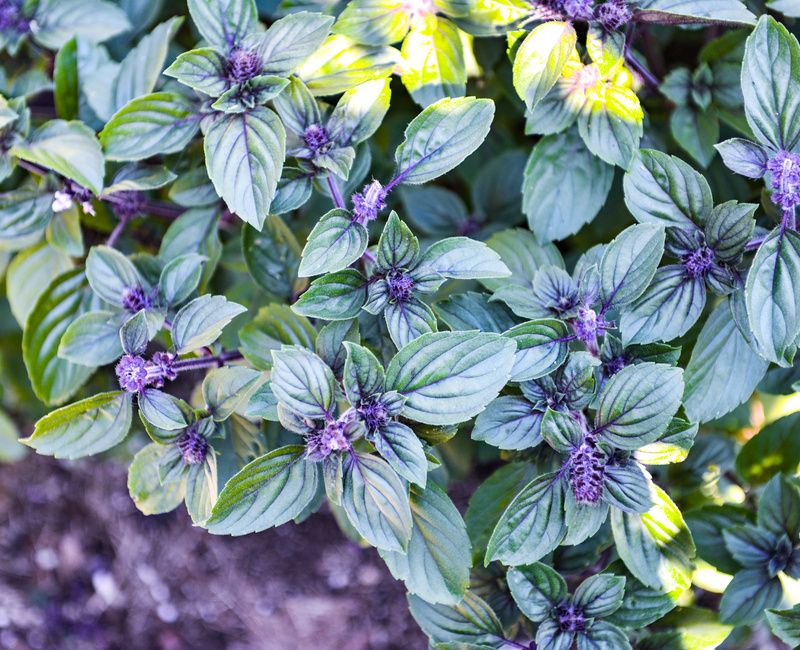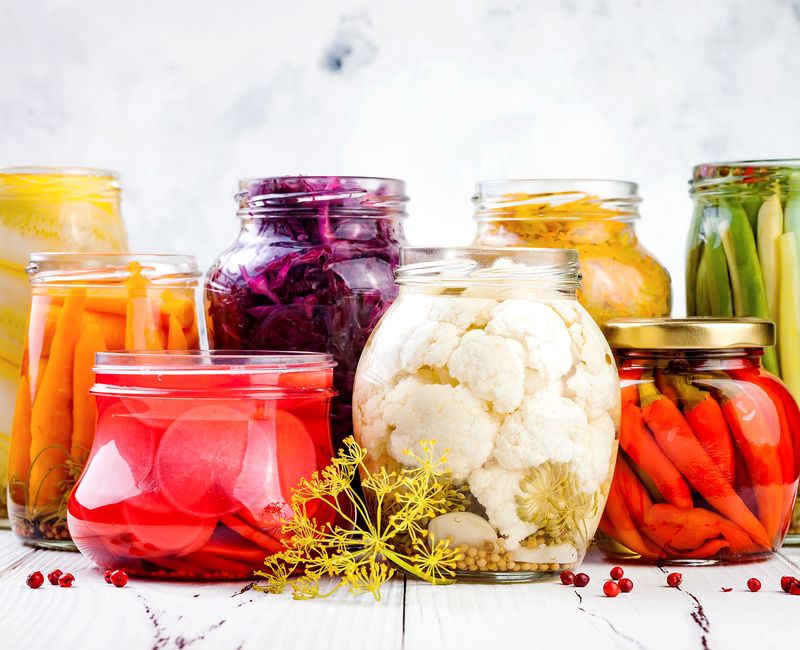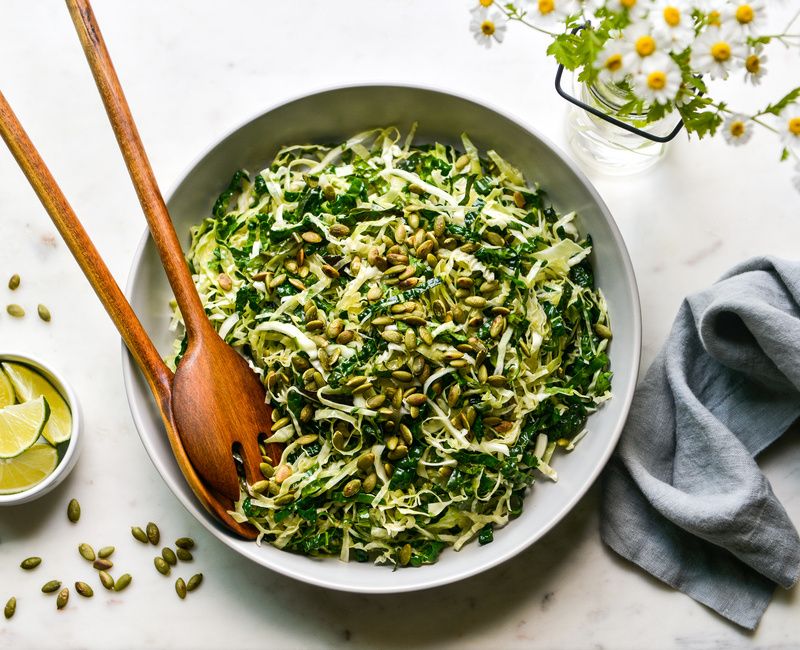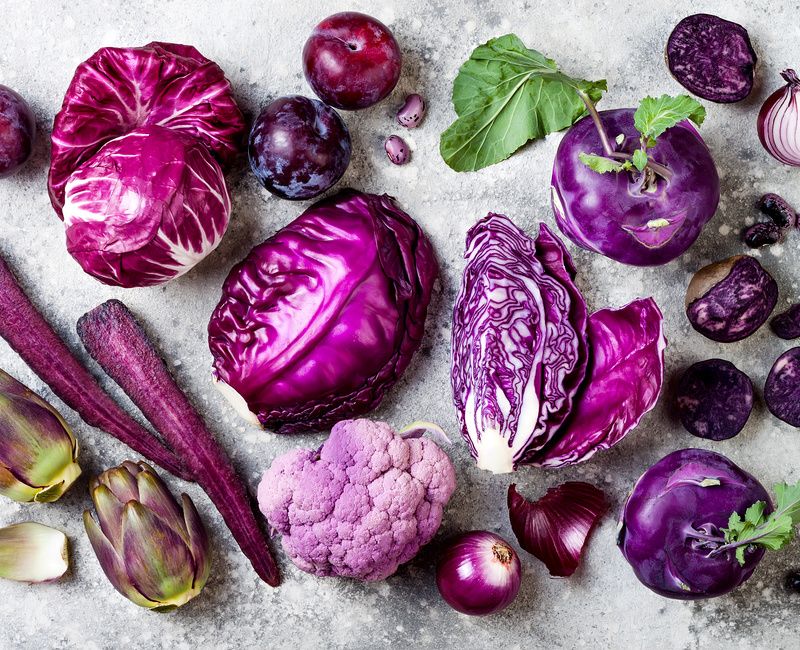IFM Phytonutrient Food Plan
Every color in nature carries a message. A whisper from the plant kingdom inviting us to heal, protect, and thrive. Phytonutrients—"phyto" meaning plant—are natural compounds found in deeply pigmented foods that speak directly to our cells. These powerful chemicals aren’t required for basic survival, but they are essential for optimal health. They help us detoxify, repair, and renew. A phytonutrient-rich diet is not just a colorful plate—it’s a therapeutic path to preventing disease, calming inflammation, restoring balance, and nourishing the body from the inside out. If you’re seeking vibrant energy, hormonal harmony, brain clarity, and a deeper connection with your body’s innate healing wisdom, this way of eating will support you. And it starts with a simple shift. Eat the rainbow, every day.
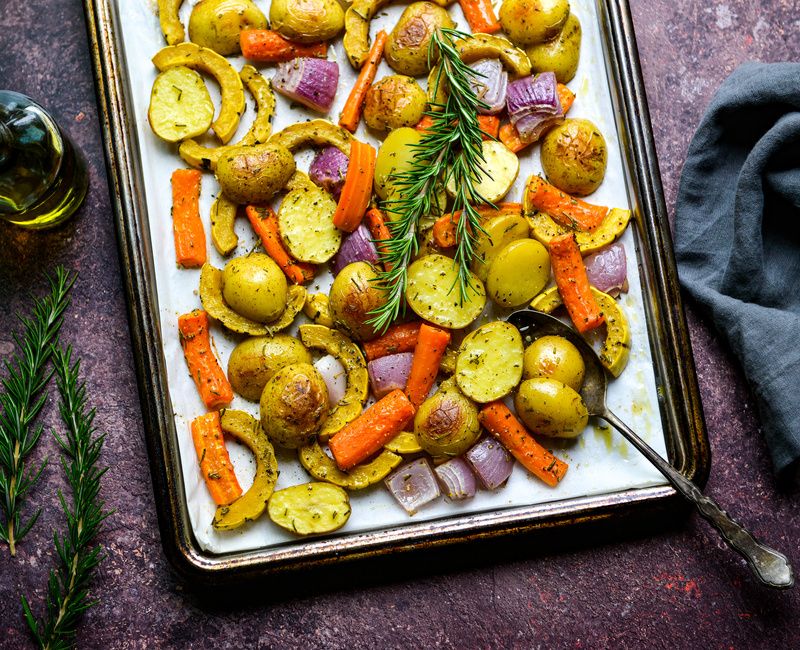
Latest GAPS Diet Recipes
What is a Phytonutrient-Rich Diet?
A phytonutrient-rich diet focuses on consuming a wide variety of colorful plant foods—fruits, vegetables, herbs, legumes, whole grains, nuts, seeds, and teas—to deliver powerful compounds called phytonutrients. These compounds are the plant’s natural defense system, created in response to environmental stress. When we consume them, they pass on their protective power to us.
Unlike essential nutrients like vitamins and minerals, phytonutrients are not classified as essential—but their role in disease prevention, detoxification, and immune modulation makes them foundational in functional medicine.
This diet centers on increasing both the diversity and the intensity of colorful plant foods you eat each day to harness the unique benefits of each phytonutrient group.
Who is a Phytonutrient-Rich Diet For?
This way of eating benefits everyone—but especially those seeking to:
-
Prevent or reverse chronic illness
-
Support liver detoxification and hormonal balance
-
Reduce inflammation and oxidative stress
-
Enhance immune function
-
Support gut microbial diversity and gut health
-
Improve cognitive health and mental clarity
-
Promote healthy aging
It’s also a powerful tool for individuals recovering from burnout, illness, or digestive imbalances, and for those looking to awaken more energy, clarity, and resilience through food.
How Does the Phytonutrient-Rich Diet Work?
Phytonutrients work through a variety of mechanisms in the body:
-
Detoxification: They activate Phase 1 and Phase 2 liver enzymes to help eliminate toxins.
-
Hormone Metabolism: Compounds in cruciferous vegetables and flaxseeds help regulate estrogen metabolism.
-
Immune Modulation: Flavonoids and carotenoids help regulate immune responses and reduce inflammation.
-
Cellular Protection: Antioxidant compounds such as anthocyanins and sulforaphane protect cells from oxidative damage and support DNA repair.
-
Microbiome Support: Many phytonutrients act as prebiotics or selectively feed beneficial microbes in the gut.
The key to this diet is variety and color. Each color of the plant kingdom corresponds to specific phytonutrients with unique healing roles. Eating across the spectrum provides full-body support.
Foods to Eat on a Phytonutrient-Rich Diet:
Red Foods
-
Tomatoes, watermelon, strawberries, pomegranate, beets, red apples (with skin), cranberries
-
Rich in: Lycopene, anthocyanins, ellagic acid
-
Benefits: Cancer protection, heart health, immune support
Orange Foods
-
Carrots, pumpkin, mango, sweet potatoes, turmeric, papaya
-
Rich in: Beta-carotene, curcuminoids, beta-cryptoxanthin
-
Benefits: Vision health, skin support, immune enhancement
Yellow Foods
-
Pineapple, yellow peppers, corn, ginger, lemon, starfruit
-
Rich in: Lutein, zeaxanthin, bromelain
-
Benefits: Eye health, cognition, anti-inflammatory action
Green Foods
-
Kale, spinach, broccoli, avocado, asparagus, herbs, olives
-
Rich in: Glucosinolates, chlorophyll, isothiocyanates, folate
-
Benefits: Liver detox, hormone balance, cardiovascular support
Blue/Purple/Black Foods
-
Blueberries, blackberries, purple cabbage, eggplant, grapes, black rice
-
Rich in: Anthocyanins, resveratrol, pterostilbene
-
Benefits: Brain health, cognitive protection, anti-aging
White/Tan/Brown Foods
-
Garlic, onion, mushrooms, flaxseeds, sesame seeds, lentils, nuts, tea
-
Rich in: Allicin, lignans, tannins, theobromine
-
Benefits: Antimicrobial, hormone balance, immune support
Foods to Avoid on a Phytonutrient-Rich Diet:
-
Ultra-processed foods lacking in color (white breads, fried snacks, sugary cereals)
-
Artificial additives and food dyes
-
Monotonous diets with limited variety
-
Excess animal products with no plant-based balance
-
Refined oils and trans fats
Benefits of a Phytonutrient-Rich Diet:
-
Activates detoxification pathways
-
Reduces inflammation and oxidative stress
-
Supports healthy immune, liver, and hormone function
-
Enhances digestion and microbiome health
-
Improves skin, eye, brain, and cardiovascular function
-
Promotes longevity and healthy aging
-
Encourages seasonal, diverse, and intuitive eating patterns
Challenges and Drawbacks:
-
Requires access to fresh produce
-
May feel overwhelming at first due to the variety
-
Eating seasonally may limit color diversity in some climates
How Do I Start a Phytonutrient-Rich Diet?
-
Track Your Colors: Use a journal or printable tracker to see how many colors you eat in a day. Aim for 5 to 7.
-
Eat One New Plant Food Each Week: Explore new veggies, fruits, herbs, or legumes to expand your phytonutrient palette.
-
Combine Raw and Cooked Plants: Cooking unlocks some phytonutrients (like lycopene), while others (like vitamin C) are best preserved raw.
-
Use Fat Wisely: Fat enhances absorption of carotenoids and other fat-soluble compounds. Drizzle olive oil on greens or pair avocado with salsa.
-
Add Herbs and Spices: These are concentrated sources of phytonutrients. Use liberally!
-
Shop Seasonally and Colorfully: Rotate your produce each season to reflect nature’s healing rhythm.
-
Use Meal Planning Tools: Our Nourishing Meals® membership helps you create vibrant, phytonutrient-rich meal plans with ease.
Ready to infuse your meals with color and healing? 🌈 Join Nourishing Meals® and explore 1,800+ whole food recipes filtered by ingredient, category, and therapeutic diet. Start your 7-day free trial today.
| Plan | Length | Actions |
|---|---|---|
Middle Eastern Christmas Dinner |
0 days | Please login to view and schedule plans |
Vegetarian Christmas Dinner |
0 days | Please login to view and schedule plans |
Recipes for Immune Health |
0 days | Please login to view and schedule plans |
Phtyochemical-Rich Recipes |
0 days | Please login to view and schedule plans |


